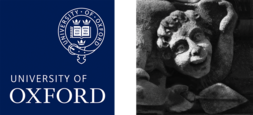Sehonghong Shelter in Lesotho has a history of human occupation reaching back more than 30 000 years. This occupation took the form of a series of pulses, of which those dating from 26000 years ago to the nineteenth century AD. are considered in this paper. Over this period, the lowest diversity of animal species is seen in deposits dating to just before the Last Glacial Maximum (LGM), c. 26 000-21 000 SP. Primates are absent at this time, carnivores rare, and bovids are mostly of large and medium size. Perhaps representing a milder stadial event close to the LGM, species diversity increased in the early Robberg layers, c. 20 000-19 000 SP, with greater diversity evident in the later Robberg layers of c. 12 500-11 000 SP, when it was warmer still. Carnivores, primates and bovids of all size ranges are well represented, with an increase in small bovids. During the Oakhurst, 9700-7000 SP, diversity is similar to that of the Robberg period, but large bovids decrease. Conditions were warmer and possibly drier at this time, but the macrofauna does reflect this clearly. Diversity remains high during a brief Classic Wilton occupation c. 6000 SP, when conditions may have been moister. After a gap of some 4000 radiocarbon years, at the end of the neoglacial advance, assemblages from the Ceramic Wilton period show decreased diversity with the loss of several large grazers, probably as a result of a significant change in grassland composition. A later Ceramic Wilton occupation during the millennium before hunter-gatherer use of the site ceased in the 1890s sees a decrease in wild bovid numbers, increased representation of small bovids, and the appearance of domestic livestock.



